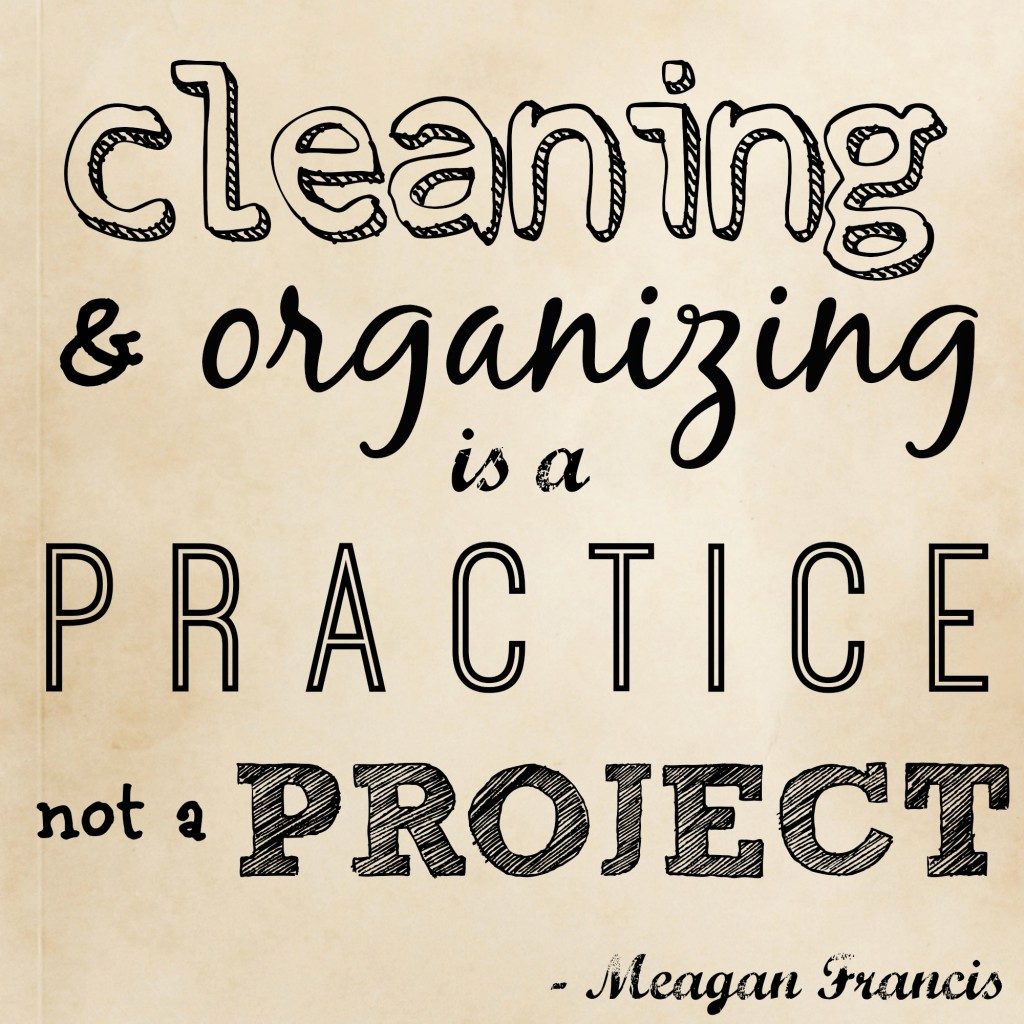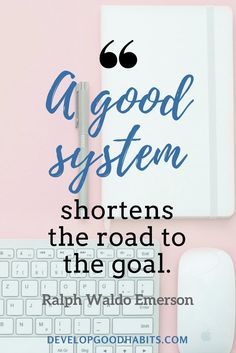I am going to make a bold statement here about clutter. More often than not what helps clutter grow and makes it comfortable in your home are systems that just don’t work. This is not to say that owning too much isn’t cause for clutter. It is to say that regardless of how much you own, a poor system will affect how much you keep.
Keeping too much is the main ingredient for clutter.
A poor system will also affect your ability to automate a habit. If a system doesn’t feel good, you won’t use it. And therefore making it a habit becomes quite difficult. If the goal is to stay organized, you need to develop a habit of putting things away (in their home), questioning what comes in, and purging regularly to keep up with the inevitability of excess and that some items will lose their purpose.
Everything runs its course over time. And assessing and reassessing consistently through the year is the way to stay on top of things that no longer serve you best.
To help you develop that habit you need good systems beckoning you to use them.
Part of what deters you from setting up and/or using a system can be clutter. It clogs things up and the best way to clear that blockage is to reassess what you own and do the work of purging. It is a necessary step to help keep clutter at bay, and to keep systems flowing. In fact, it is integral to keeping it at bay and you more in control of what you own.
Once you have a good grip on what you own, and why, you can create a habit to support your desire to be organized. Your habit will not only be fueled by your desire, but will also be helped by the systems you build.
To get organized you have to do the work to dig into what you own, purge, lighten the load.
To stay organized – to maintain all of that hard work you did – you need to tidy up, clean, straighten out, put things back where they belong – DAILY. That is all there is to it.

When you do this consistently you can maintain what you have built.
Maintaining is made infinitely easier when good systems are present. Having good systems in place will help you keep up – daily – with life. They allow you to easily see what you own, and get to it often. And when they are built well not only do your daily routines flow, but when you hit a road block or hiccup, a well made system will help you get back on track – seamlessly.
Here are a few keys components of a good system.
1. A good “home” has been created.
This is the most important organizational tenet. Everything must have a home, and a logical home at that. When things have an appropriate, logical home you can more easily build a system in conjunction with that home. In fact, finding the best home for things is, actually, where you start in setting up a system. When things have a logical place to be stored/housed/seen/used you take the guesswork out of tidying up. Plus, when it is logical it’s more intuitive so there is more ease in actually using it.
2. For a system to feel good you must feel good about the supplies and processes used to build it.
A home is only part of the equation. The supplies, and even some of the processes used to make the system function well are important as well. Once you have determined the home, supplies like drawer dividers, special hangers, clear bins, file folders make the system run more smoothly. As well, using certain processes like a folding system for shirts, or a color-coded system for files, allows you to best utilize the space, the contents, and keep the area neat. The key is to figure out what supplies or processes feel good to you. There are many ways to set up a system and if the supplies you use don’t feel good, you won’t use it. Period.
{I had a client who could not stand manila folders being used in her filing cabinet. She hated the color and hated how they looked. But she loved the look of a crisp, clean white folder so we built her file system using those folders instead. She loved the way the system looked. She had no aversions to the supplies so she actually uses the system. And she now files with, dare I say, a wee bit of enjoyment.}

3. There must be as ease to using the system
If your system doesn’t have an ease to it, you won’t want to build a habit around it. In fact, if it isn’t easy or intuitive to use whatever you take out of that home will likely not be returned back.
For example, you have to get on a ladder every time you want to grab a cookbook to try out a new meal, the task feels arduous (because it is arduous!). And you are much less likely to get back on that ladder to put the cookbook away. Instead, you’ll likely leave it on the counter. (The flat surface that should remain clear so you can do the actual cooking on it). And that book will then welcome in other random items whose home just wasn’t clearly developed or easy enough to use. Before you know it the only thing you’ll be cooking in your kitchen is clutter.
4. You can’t and should not build a system for stuff.
If you try to contain items, build a system, create a home for “stuff” you’ll only remain stuffed. And the system for sure will then feel completely unappealing to use. When something feels unappealing you will not be eager or excited, or even remotely on board, with using it. It is hard to build a habit and a desire for something if it feels unappealing. Clutter – the things that aren’t in the right home, are in excess or aren’t liked, needed or used – is unappealing. When you don’t use a system you welcome clutter to pile up. And the vicious cycle will start again.

Purge, let go, lighten your load. Determine what you like, need, and use. Find the best, most logical home. One that makes sense for the flow of your space.
And set your system based on your preferences, on how you like to see and do things, and on what kind of person you want to be. It’s the best way to build a system that feels good.
When a system feels good, you are most likely to use it.
________________________________________




